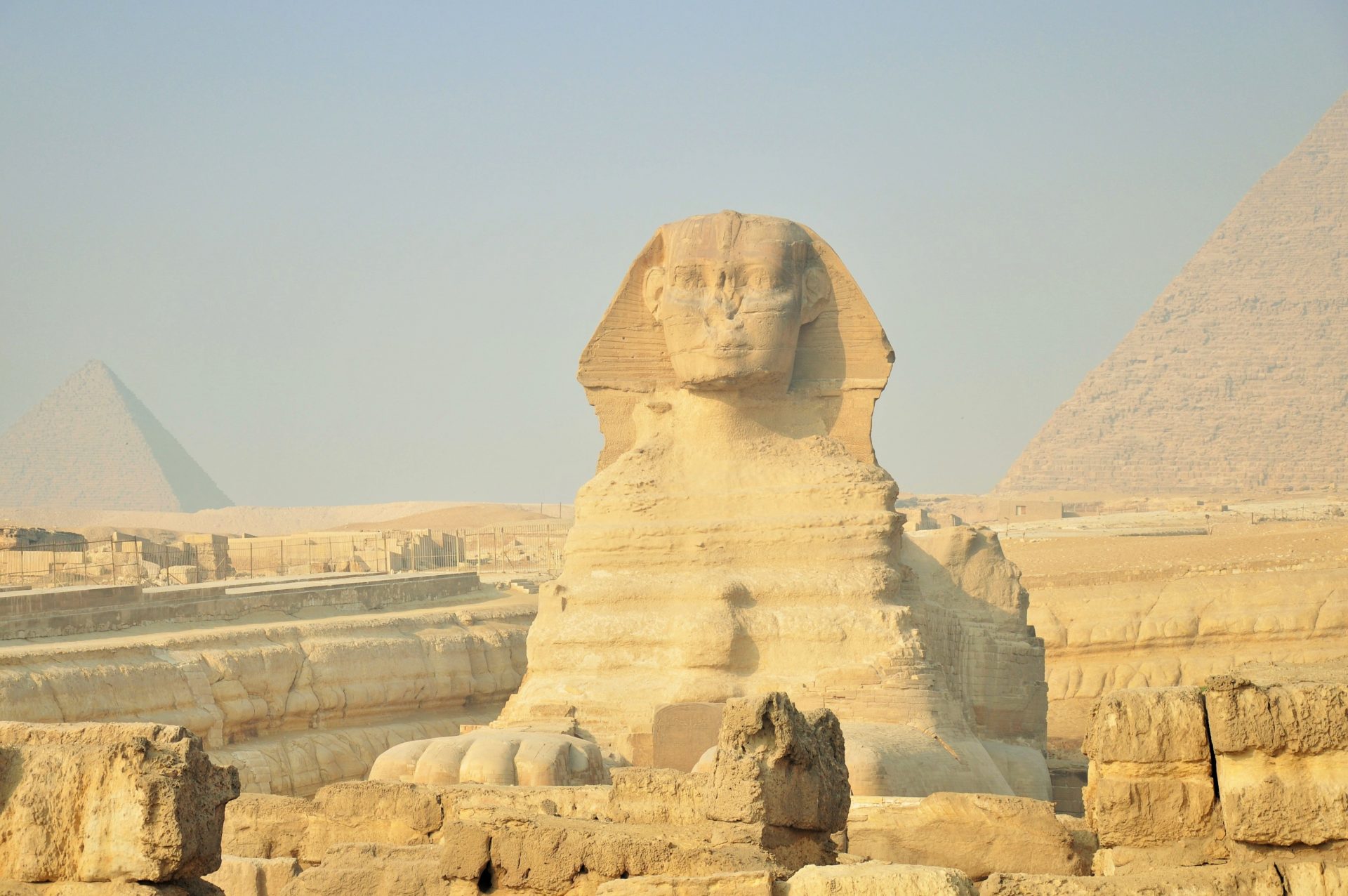The Seven Ancient Wonders
The Seven Ancient Wonders of the World were man-made monuments selected by Philon of Byzantium in 200 B.C. Today, only the Pyramids of Giza in Egypt remain. Philon’s selection was essentially a travel guide for fellow Athenians, and the sites were located around the Mediterranean basin, the then-known world. The Seven Ancient Wonders of the World were: the Temple of Zeus at Olympia; the Temple of Artemis at Ephesus; the Mausoleum at Halicarnassus; the Colossus of Rhodes; the Hanging Gardens of Babylon; the Pharos of Alexandria and the Pyramids of Giza.
Just as Pierre de Coubertin revived the Olympic Games in 1896 with his modern version of the competition, New7Wonders founder Bernard Weber has revived the concept of the 7 Wonders of the World with three ambitious campaigns: the Official New 7 Wonders of the World, the New7Wonders of Nature and the New 7 Wonders Cities.
The key difference
The key difference is that, this time around, the wonders were not chosen by one man, but rather by millions of people all over the world. The elected New 7 Wonders of the World are the people’s choices, and they date from the earliest time that humankind walked upon the earth up through the year 2000.

